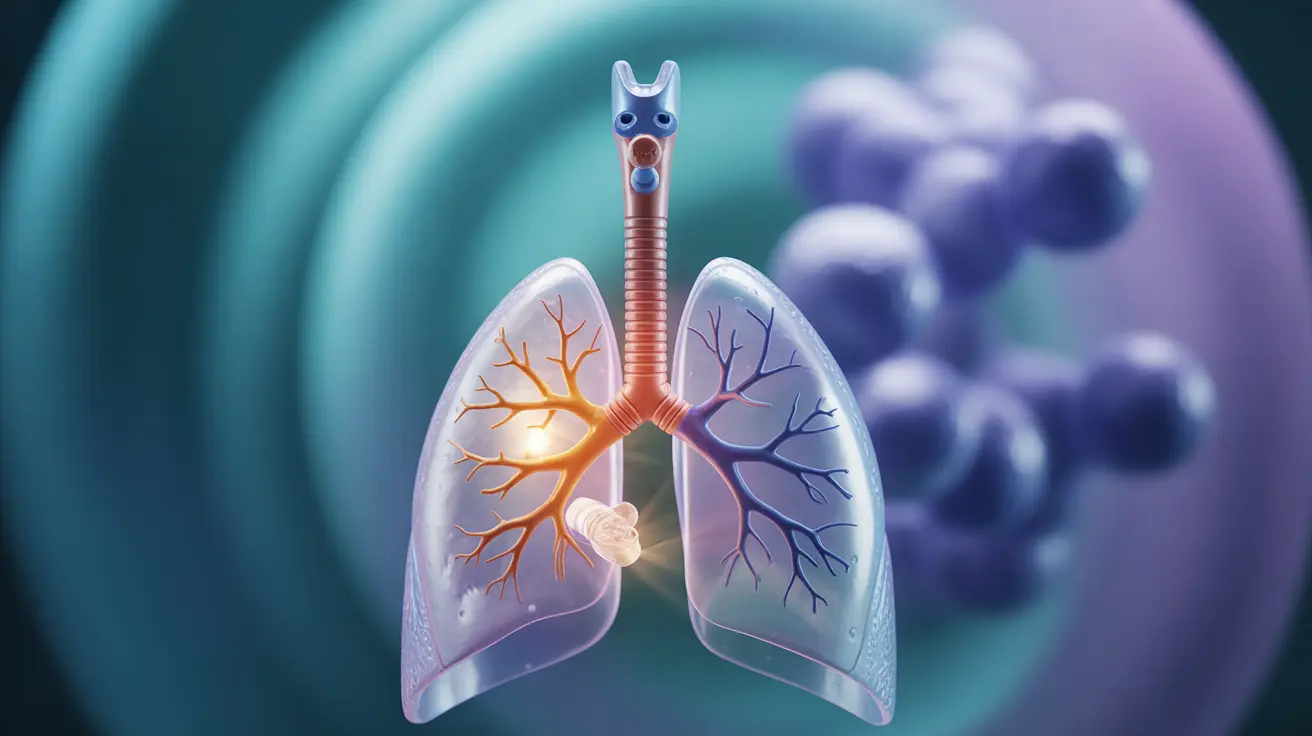Living with Chronic Obstructive Pulmonary Disease (COPD) often requires adjusting treatment strategies as symptoms change over time. COPD step up therapy is a systematic approach that helps healthcare providers optimize treatment based on symptom severity, exacerbation history, and individual patient needs.
This comprehensive guide explores when and how COPD treatments are adjusted, helping you understand the decision-making process behind treatment modifications and what to expect at each stage.
Understanding COPD Treatment Progression
COPD treatment typically follows a stepwise approach, beginning with minimal intervention and progressively adding medications or therapies as needed. This strategy ensures patients receive the most appropriate level of treatment while minimizing unnecessary medication exposure.
Initial Treatment Approach
Most patients begin their COPD treatment journey with a single bronchodilator medication, typically either a long-acting beta-agonist (LABA) or a long-acting muscarinic antagonist (LAMA). These medications help open airways and improve breathing capacity.
Signs That Treatment Intensification Is Needed
Healthcare providers consider several factors when determining if treatment intensification is necessary:
- Persistent or worsening breathlessness
- Increased frequency of rescue inhaler use
- Regular occurrence of COPD exacerbations
- Declining lung function measurements
- Impact on daily activities and quality of life
Role of Blood Eosinophils in Treatment Decisions
Blood eosinophil levels have emerged as an important biomarker in COPD treatment planning. These white blood cells can indicate how likely a patient is to respond to certain medications, particularly inhaled corticosteroids (ICS).
Understanding Eosinophil Testing
Healthcare providers typically consider eosinophil counts when deciding whether to add inhaled corticosteroids to a patient's treatment regimen. Higher eosinophil levels (generally above 300 cells/µL) often suggest a better response to ICS therapy.
Non-Pharmacological Treatment Options
Alongside medication adjustments, several non-drug interventions play crucial roles in COPD management:
- Pulmonary rehabilitation programs
- Regular exercise and physical activity
- Smoking cessation support
- Breathing techniques and airway clearance methods
- Nutritional counseling
- Vaccinations against respiratory infections
Monitoring and Adjusting Treatment
Regular monitoring helps healthcare providers determine when treatment adjustments are necessary. This includes assessing:
- Symptom frequency and severity
- Exacerbation history
- Treatment adherence and technique
- Side effects and complications
- Quality of life measures
Frequently Asked Questions
- When should my COPD treatment be stepped up from a single bronchodilator to dual therapy with LABA and LAMA?
Treatment should be stepped up to dual therapy when you experience persistent symptoms or frequent exacerbations despite good adherence to single bronchodilator therapy. This typically occurs when you continue to experience breathlessness, require frequent use of rescue inhalers, or have two or more moderate exacerbations per year.
- How do blood eosinophil levels influence the decision to add inhaled corticosteroids (ICS) in COPD step up therapy?
Blood eosinophil levels serve as a biomarker to predict potential response to ICS therapy. Patients with higher eosinophil counts (typically >300 cells/µL) are more likely to benefit from adding ICS to their treatment regimen, particularly if they experience frequent exacerbations.
- What are the recommended steps to manage COPD if symptoms like shortness of breath or flare-ups persist despite current treatment?
If symptoms persist, healthcare providers typically follow a systematic approach: first optimizing current therapy and inhaler technique, then considering dual bronchodilator therapy, and potentially adding ICS based on exacerbation history and eosinophil levels. Additional steps may include pulmonary rehabilitation and treating comorbidities.
- Is it safe to reduce or step down COPD medications after symptom improvement, and what precautions should be taken?
Step-down therapy can be considered in stable patients who have maintained good symptom control for an extended period. However, this should only be done under close medical supervision, with careful monitoring for symptom worsening or exacerbations.
- Besides medications, what non-drug therapies help manage COPD symptoms and improve quality of life during stepwise treatment?
Key non-drug therapies include pulmonary rehabilitation, regular exercise, smoking cessation, breathing techniques, airway clearance methods, and proper nutrition. These interventions can significantly improve symptoms and quality of life when combined with appropriate medication therapy.




